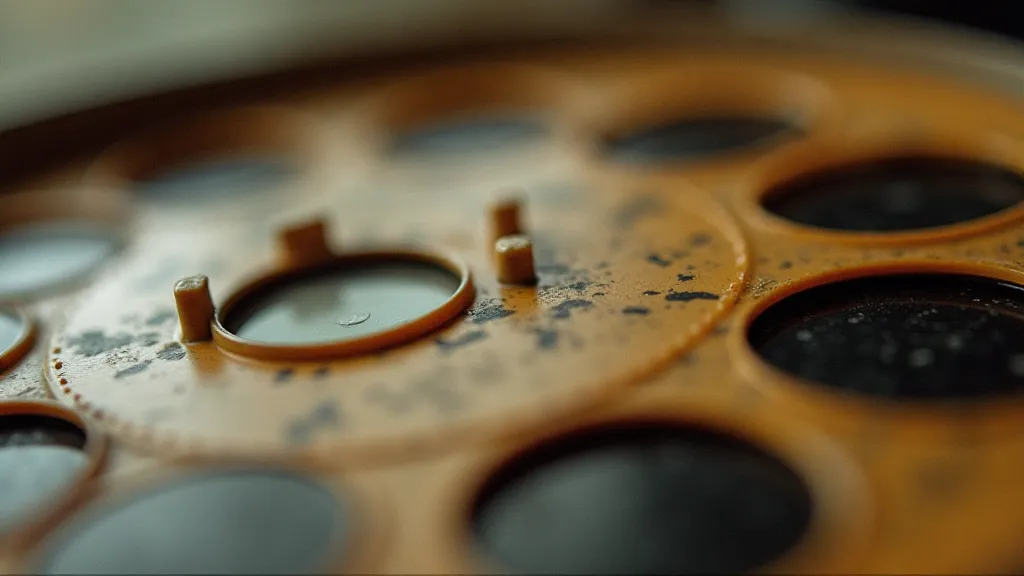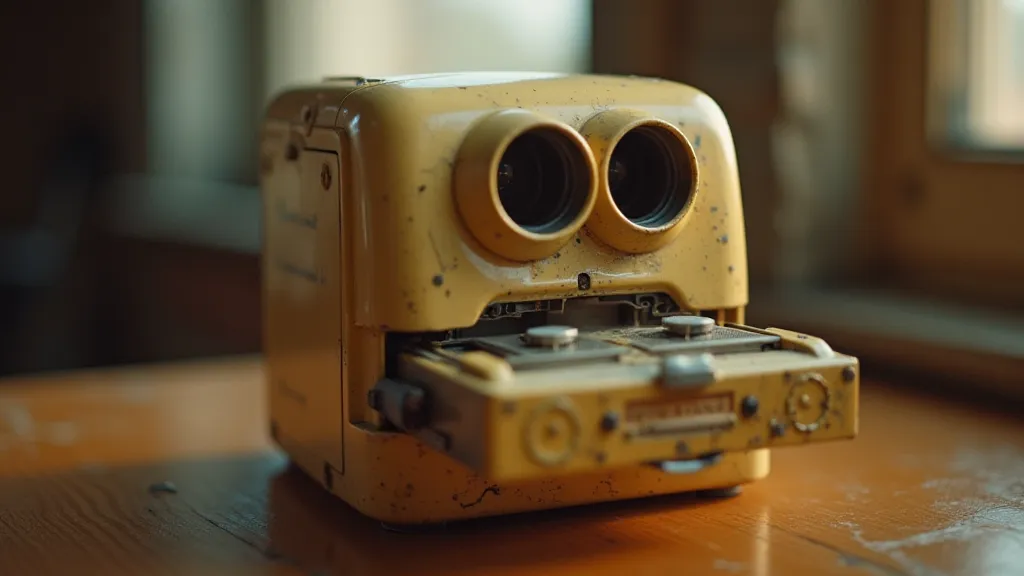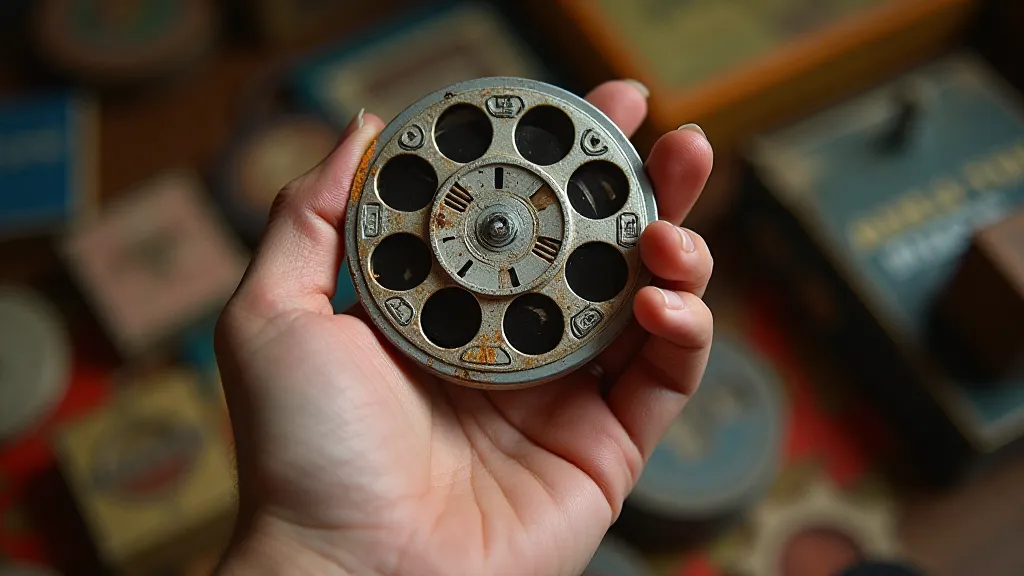Resonance and Ruin: Finding Beauty in the Imperfect Reel
The whir of the motor, the subtle click as the image slides into place… for many of us, the View-Master wasn't just a toy; it was a portal. A portal to Yellowstone’s geysers, to the bustling streets of Tokyo, to the imagined landscapes of Disney’s Fantasyland. It’s a memory deeply rooted in childhood for a generation, and for collectors, it represents something more – a tangible link to a bygone era, a microcosm of mid-century optimism and ingenuity. But what happens when that link shows signs of age? When the reels crack, the images fade, and the plastic yellows with time? Do we discard them, consigning them to the dustbin of forgotten playthings?
I’m often asked if I strive for “perfect” restoration when I work on vintage View-Master reels. The honest answer is no. The pursuit of pristine condition, while admirable in some areas of collecting, misses a vital point. These aren’t factory-fresh items; they’ve lived lives. They’ve been held by small hands, shown to wide-eyed audiences, and endured decades of storage. Their imperfections are not flaws; they're echoes of those experiences. They are a visual history.

A Glimpse into the Past: View-Master's History
To appreciate the beauty of an imperfect reel, it’s helpful to understand its history. The View-Master, invented by Oskar Sommer in the 1930s, began as a novelty for displaying stereoscopic slides. Initially, they showed images of European landmarks. It wasn't until Sawyer’s purchase of the patent in 1939 that the View-Master truly took off, leveraging the burgeoning popularity of 3D imagery. The reels were a marvel of engineering, especially considering the technology of the time. Each reel held multiple tiny, perfectly aligned photographic images, painstakingly reproduced on thin strips of film. The level of detail and craftsmanship is truly remarkable, and it’s something we often take for granted today.
Think about the families who used these View-Masters. Imagine children gathered around, mesmerized by the illusion of depth and realism. These weren's simply toys; they were educational tools, travel companions, and sources of wonder. The reels offered a glimpse into worlds otherwise inaccessible, fueling imagination and sparking curiosity. Knowing this history imbues each reel with a deeper meaning, making its imperfections less about damage and more about testament to a shared cultural experience.
The Allure of the Aged Reel
I recently acquired a reel depicting the 1964 New York World’s Fair. The plastic was brittle, the images were significantly faded, and a small tear ran down one side. A "restorer" might have deemed it a lost cause. But as I held it in my hands, I felt a connection to the time it represented. I could almost hear the sounds of the fair – the music, the laughter, the excited chatter of the crowds. The reel wasn’t just a collection of images; it was a portal to a specific moment in history, a tangible link to a generation that experienced the optimism and innovation of the mid-century.
The yellowing, known as "UV degradation," isn't just discoloration; it's a visual marker of time's passage. The scratches and marks tell silent stories of handling and storage. A small stain might be the trace of a forgotten spill, a reminder of a childhood accident. These imperfections aren’t detractions; they are character. To strip them away would be to erase a part of the reel’s history, to diminish its story.

Restoration with Respect
That’s not to say that all damage is acceptable. Reels with severe mold or structural weakness can pose a preservation risk. Basic cleaning – carefully removing dust and surface grime – is almost always beneficial. Stabilizing brittle plastic can often extend a reel’s lifespan. But the line between restoration and sanitization is a delicate one.
A truly respectful approach to restoration prioritizes preservation over perfection. Instead of attempting to completely eliminate imperfections, focus on stabilizing the reel and preventing further deterioration. Sometimes, the best restoration is simply careful storage in a controlled environment, away from direct sunlight and extreme temperatures. If some images are missing or torn, it’s better to acknowledge the loss rather than attempt a clumsy, and ultimately unsatisfying, repair.
Collecting and the Imperfect Story
The philosophy of embracing imperfection extends to collecting. A pristine, mint-condition reel will undoubtedly command a higher price. But for many collectors, the true value lies in the history, the character, and the story embedded within a well-worn reel. There’s a certain romance in owning a piece of the past that shows its age, a tangible reminder of the people who held it before you.
Think of it like collecting antique furniture. A flawless reproduction might be attractive, but it lacks the soul of an original piece, the marks of the craftsman, the patina of time. The same holds true for View-Master reels. The imperfections are what make them unique, what connect us to the past, what make them treasures.

A Legacy of Wonder
The View-Master reels aren’t just objects; they are time capsules, vessels of memory, and portals to a world of wonder. Let’s not erase the stories they hold. Let's embrace the resonance of ruin, the beauty of imperfection, and the enduring legacy of these remarkable little reels. Let’s remember that the true value lies not in flawless condition, but in the shared experience of wonder and nostalgia they continue to evoke, decade after decade.





